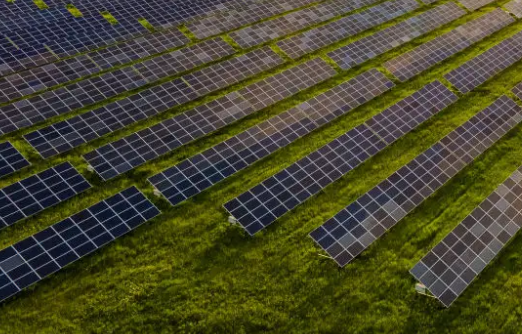
SUBSCRIBE PREVIOUS ISSUES
Take Action
Phantom Loads and Vampire Power
It is a commonly held misconception that phantoms and vampires only come out during Halloween. But all throughout the year, many appliances at home, in the office and especially in lab spaces may have ghastly energy use tendencies. Since October is Energy Awareness Month, this article will review some tips and reminders to help stop vampire power, also known as phantom loads or standby power.
Vampire power occurs when devices continue to draw energy even while turned off or in standby mode.1 This is responsible for, on average, more than $100 a year in additional energy costs for residential households.2 For offices as well as labs, which have far more energy-intensive machinery, the effects can be nightmarish.3 You can use some of the following techniques to vanquish these energy ghouls:
- Unplug or turn off surge protectors – Monitors, charging cables, printers, lamps and most other home or office devices don’t need to be plugged in while no one is around to use them. If these devices are plugged into a surge protector, consider turning it off to exorcise several phantom loads at once.4
- Turn off unnecessary machines – Sometimes it can feel more convenient to leave a lab-grade machine, such as an orbital shaker or a centrifuge, running overnight to skip booting it up the next day. Instead, it would be energy efficient to consider turning these off and doing something else during the morning boot-up time, such as completing administrative tasks, checking emails or reading articles!
- Keep devices in proper working order – Just like cars or trucks, lab-grade freezers and other complex appliances work best when kept clean and well-maintained. For instance, machines with ventilation systems, including lab-grade freezers, have to work harder the dirtier their air filters are.5 Make sure to have semi-annual preventative maintenances performed on your Ultra-Low Temperature Freezers (ULTF), either by a contractor or done in-house.
- Purchase energy-efficient devices and appliances – Some devices simply must stay plugged in and running nonstop. In these cases, purchasing the most energy-efficient model, one with an Energy Star or similar label, is especially important.
- Participate in the Green Labs Program – My Green Lab has extensive information and resources on very simple ways to make huge decreases in laboratory energy consumption. Consider joining the 2023 NIH Green Labs Program to put this information to good use and learn even more ways your lab space can be sustainable.
Featured Article

| Simply Solar?
At first glance, the Executive Order 14057 requirement of reaching 100% carbon pollution-free electricity by 2030 may seem like it needs a mostly engineering-based solution. However, this article will explore the balance all solutions must strike between engineering-based and social-based action.
LEARN MORE
|
Spotlight

| The NIH Green Labs Program with Bani Bhattacharya
Bani Bhattacharya, the NIH Environmental Management System (NEMS) Program Manager in the Division of Environmental Protection, has been spearheading the NIH Green Labs Program since its early inception in 2016. Over the years, Bani has been able to improve awareness of environmental efforts by promoting and refining this self-assessment tool.
LEARN MORE
|
NEMS Training
Did you know? October is Energy Awareness Month, when we prioritize saving electricity! To learn more about energy conservation, please visit the NEMS Training webpage to view a short (20 minute) NIH environmental awareness training video.
The NIH Green Zone Newsletter is a publication intended to inform NIH staff about the Division of Environmental Protection and NIH Green Teams projects and initiatives. The text contained in this newsletter is not copyrighted and can be reprinted without permission. If you use portions of this newsletter in your own publication, we ask that you please credit the source. We welcome your comments and suggestions. Thank you.
|
|---|
| Division of Environmental Protection | Office of Research Facilities | Office of Management
National Institutes of Health | U.S. Department of Health and Human Services
|